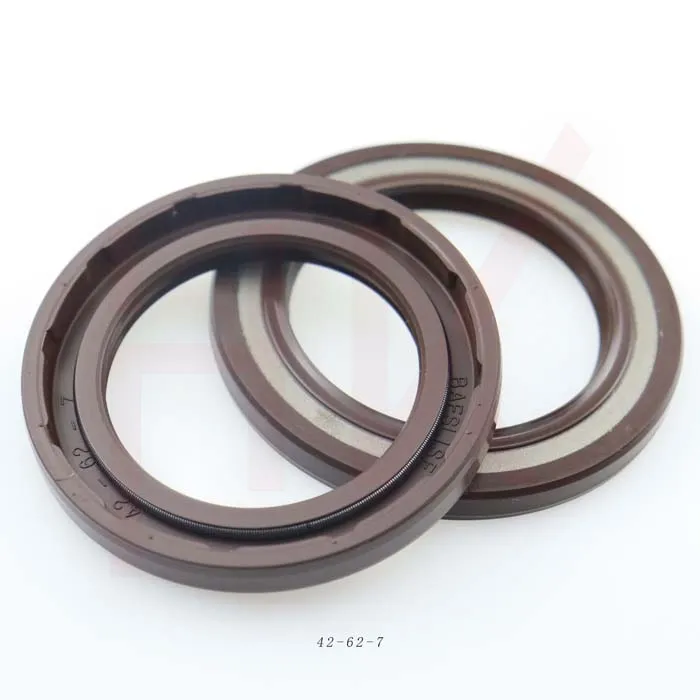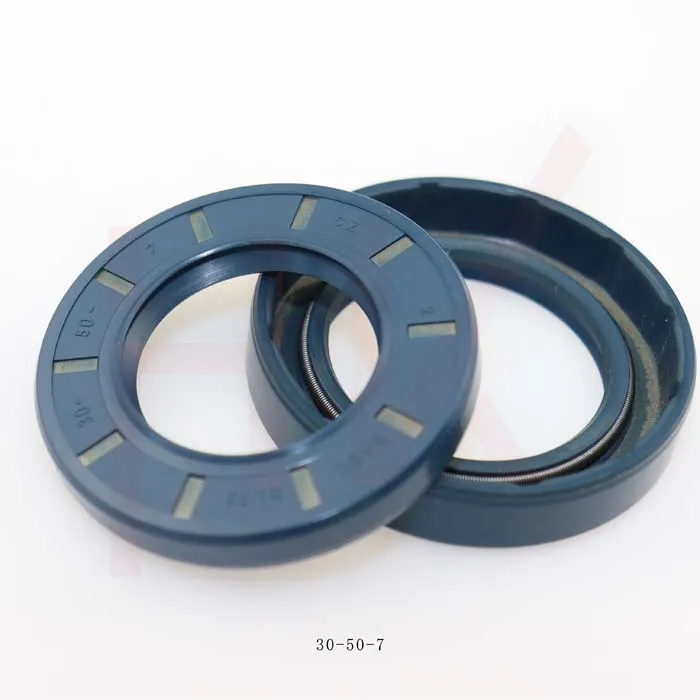Jan . 26, 2025 00:14 Back to list
Standard High Pressure TCV Type Hydraulic Oil Seal


3. Lubrication Applying a thin film of lubricant to the seal and the shaft facilitates smoother installation and reduces the initial friction, which can lead to premature wear. 4. Alignment Accurate alignment is crucial. Any misalignment can cause an uneven wear pattern, eventually leading to failure. Using a dial gauge can help in ensuring that the shaft and seal are perfectly aligned. Despite the high durability of skeleton oil seals, regular maintenance is essential to uphold their performance. Periodic inspections are necessary to check for signs of wear or damage. Replace seals that exhibit hardening, cracking, or excessive wear immediately to prevent potential leakage and machinery downtime. It's also recommended to keep a log of the seals' condition and any replacements made, which can serve as valuable data for understanding usage patterns and predicting future needs. Moreover, in cases where machinery operates in extreme conditions, such as high temperatures or abrasive environments, consider upgrading to oil seals made from materials with higher temperature resistance and greater wear resilience. Engaging with manufacturers to customize seals for specific applications can lead to considerable improvements in efficiency and service life. In conclusion, the role of skeleton oil seals in enhancing the productivity and reliability of machinery cannot be overstated. By leveraging my expertise, I stress the importance of selecting the right material and design, ensuring precise installation, and committing to regular maintenance. These practices not only extend the life of the oil seals but also reinforce the trustworthiness and dependability of the machinery they serve. Embracing these insights can significantly boost operational efficiency and minimize unscheduled downtime, affirming the importance of skeleton oil seals as indispensable components in industrial operations.
-
TCN Oil Seal Metal Ring Reinforcement for Heavy Machinery
NewsJul.25,2025
-
Rotary Lip Seal Spring-Loaded Design for High-Speed Applications
NewsJul.25,2025
-
Hydraulic Cylinder Seals Polyurethane Material for High-Impact Jobs
NewsJul.25,2025
-
High Pressure Oil Seal Polyurethane Coating Wear Resistance
NewsJul.25,2025
-
Dust Proof Seal Double Lip Design for Construction Equipment
NewsJul.25,2025
-
Hub Seal Polyurethane Wear Resistance in Agricultural Vehicles
NewsJul.25,2025
-
The Trans-formative Journey of Wheel Hub Oil Seals
NewsJun.06,2025
Products categories
















